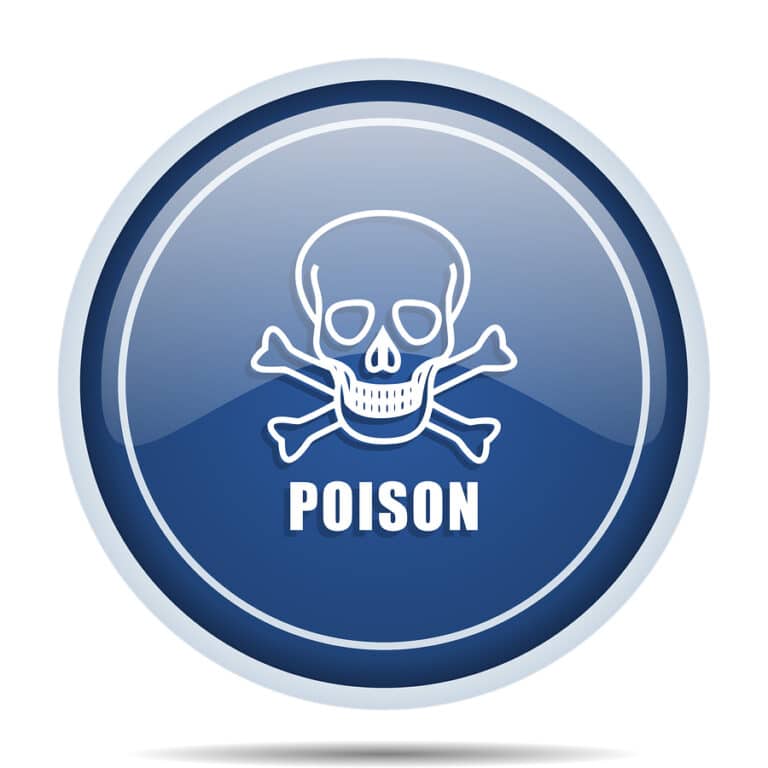Carbon monoxide is a gas that has no color or smell and can be very dangerous, especially for seniors. It is made when sources like gas, oil, coal, and wood are burned too slowly. When carbon monoxide is breathed in, it enters the bloodstream and links to hemoglobin. This makes it harder for the blood to carry oxygen and can cause serious health problems. It is important for seniors’ safety that they, their loved ones, and senior home care professionals know the signs and symptoms of carbon monoxide poisoning, its impact, and what can be done to lower the risk.
A Deeper Look at Carbon Monoxide Poisoning Symptoms
Since carbon monoxide isn’t easy to detect, one of the best ways to know there might be a problem is by knowing the symptoms and paying attention to how seniors behave or their complaints about how they feel. Consider the following when caring for seniors.
- Headaches: Headaches are one of the most common complaints. They can last for a long time and cause much pain for seniors. With consistent senior home care, out-of-the-ordinary headaches can be documented and monitored to evaluate the root cause.
- Imbalance and loss of focus: Seniors may feel dizzy and confused and have trouble focusing. Unfortunately, this often happens with seniors and may go unnoticed or be linked to conditions other than carbon monoxide poisoning.
- Upset stomach: Carbon monoxide overdose can make you feel sick and throw up. It can also hurt your stomach. Senior home care can help evaluate whether the nauseous feelings are linked to something else, like medication or something seniors ate, or if carbon monoxide might be the culprit.
- Difficulty breathing: Seniors may feel like they can’t get enough air or have trouble breathing.
- Feelings of fatigue: Carbon monoxide can make older people very tired and weak. Like many other symptoms, this might be linked to other health issues. This is why seniors must have contact with loved ones and senior home care regularly so sudden changes won’t get ignored.
- Pain or tightness in the chest: Carbon monoxide overdose can cause pain or tightness.
- Visual problems: Seniors might have blurred vision, trouble focusing, or even partial blindness.
Lowering Seniors’ Risk of Carbon Monoxide Poisoning
There are several things that loved ones, and senior home care can do to increase seniors’ odds against carbon monoxide poisoning.
- Install carbon monoxide alarms
- Make sure the devices are working well, and change the batteries often
- Maintain ventilation
- Keep all vents and pipes free of dust, and make sure the home has enough airflow
- Check and clean heating systems, stoves, and chimneys on a regular basis
- Follow directions for fuel-burning appliances, like heaters, stoves, and fireplaces
- Heating systems, fuel-burning machines, and chimneys should be inspected and serviced by a professional once a year
- Never bring a gas or wood grill inside
- Be careful with generators
- Don’t run your car in the garage – even if the garage door is open
Educating seniors about carbon monoxide’s dangers and signs is essential. Additionally, ensure they know what to do if they think there might be a carbon monoxide leak. By taking precautions and monitoring the situation, loved ones and senior home care can support seniors and their well-being.
Source:
https://www.epa.gov/sites/default/files/2015-08/documents/pcmp_english_100-f-09-001.pdf
https://www.mayoclinic.org/diseases-conditions/carbon-monoxide/symptoms-causes/syc-20370642
https://www.hopkinsmedicine.org/health/conditions-and-diseases/carbon-monoxide-poisoning
If you or an aging loved one are considering senior home care in Graham, TX, please contact the caring staff at Clear Path Home Care today. Call 254-559-2030
Clear Path Home Care provides compassionate, high quality home care in McCulloch County, San Saba County, Mills County, Hamilton County, Runnels County, Coleman County, Brown County, Comanche County, Eastland County, Callahan County, Palo Pinto County, Stephens County, Shackleford County, Jack County, Young County, Throckmorton County, Baylor County, Archer County, Clay County, Wilbarger County, and Wichita County in Texas.
- 5 Things Seniors Can Do To Avoid Rashes - May 14, 2024
- Here’s Why Seniors Should Be Practicing Gratitude - May 2, 2024
- When Does Your Senior Mom Need Companion Care? - April 18, 2024






